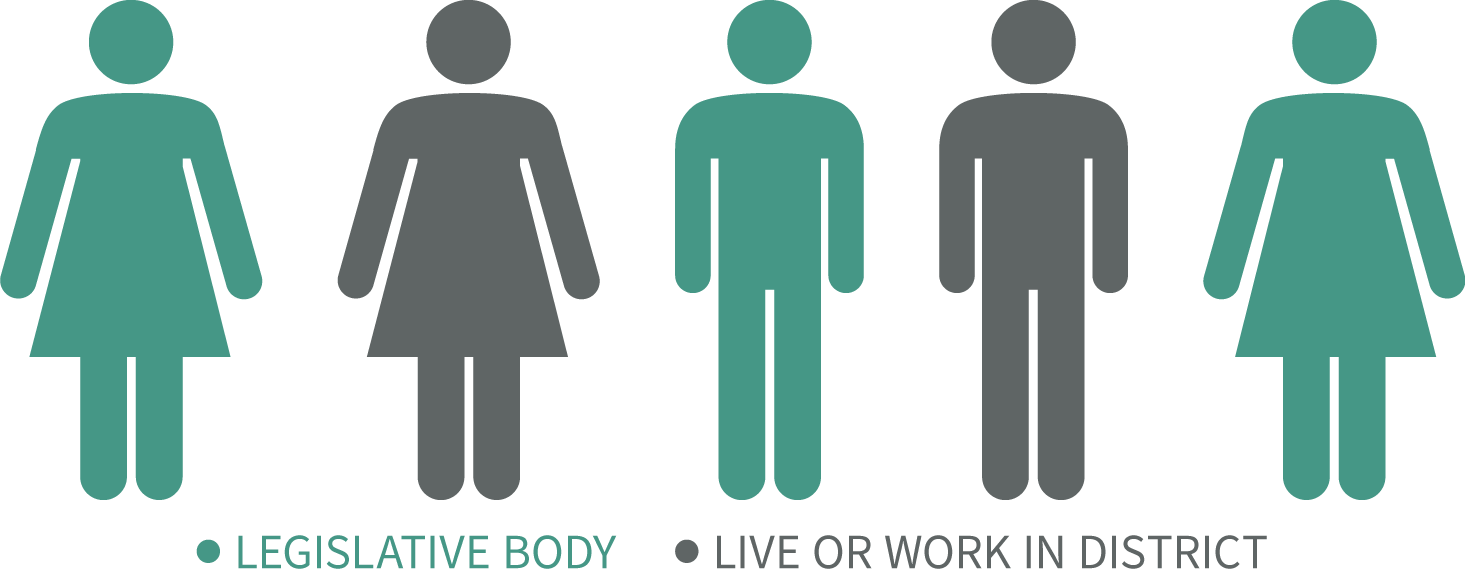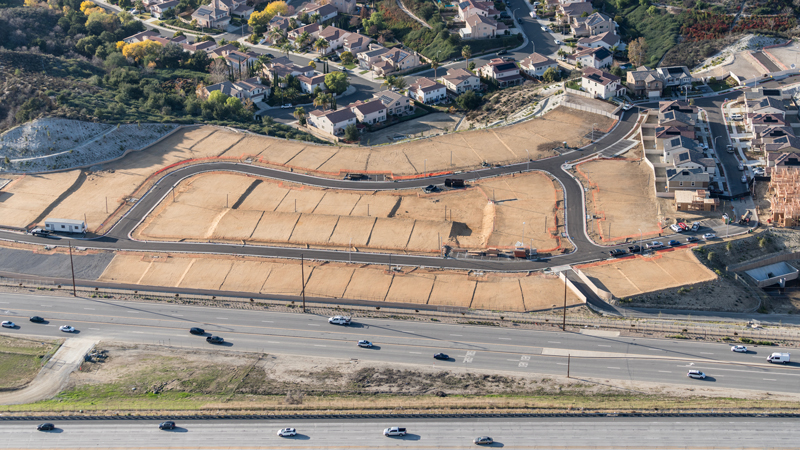3.9 minute read
October 24, 2023
Did you know there’s a tool to help you revitalize your city without raising taxes?
A Community Revitalization and Investment Authority, or CRIA, offers a way to improve areas of your city while relying on the property taxes in the designated revitalization zone. This gives you a sustainable way to fund much-needed projects without increasing the taxpayer burden.
As a new tool, you may have questions about CRIAs. In this post, we’ll discuss:
What is a CRIA?
CRIAs were established in 2015 by Assembly Bill 2 (AB 2) and amended by Senate Bill 780 (SB 780) in 2021.
Cities can use this revenue to fund projects such as:
Criteria for CRIA eligibility
If you’re interested in using this tool to launch projects in your community, you’ll need to determine whether the area is eligible to become a CRIA. The requirements include:
- Being characterized by both of the following:
- An annual median household income that is less than 80% of the statewide, countywide, or citywide median income.
- Three of the following four conditions:
- An unemployment rate at least 3% higher than the statewide median
- A violent crime rate at least 5% higher than the statewide median
- Deteriorated or inadequate infrastructure
- Deteriorated commercial or residential structures
- Alternatively, an area could be eligible if:
- It is established within a former military base
- The census tracts or block groups are situated within a disadvantaged community
- It includes sites identified in the sites inventory of the City’s certified Housing Element that are suitable for residential development pursuant to GOV Section 65583.2 (a)(3) & (4)
Creating your board and maintaining compliance
Once you’ve found that your projected development plan meets the above requirements, the next step is to create the governing body.

There is no public vote required for the creation of a CRIA, but it is subject to majority protest at adoption and every 10 years.
At least 70% of the designated area must meet the income, crime rate, and other requirements for a CRIA. And the governing body must comply with annual reporting and annual independent financial audit requirements.
Harris helps Victorville create the first CRIA
When Victorville made history as the state’s very first CRIA, Harris was there every step of the way.
We provided a CRIA analysis informed by the federal, state and county requirements, as well as conducting a visual inspection of the area. During this process, we updated Victorville’s Housing, Land Use, Safety, and Environmental Justice Elements in their General Plan.
Victorville City Council authorized the formation of a CRIA for Old Town in August 2021 and formed their board. In February 2023, they voted to expand the CRIA Project Area to include their 6th Cycle Housing Element, which increased revenue and added to the funds allocated to the project.
It’s a win-win-win for the people who live and work in the area, with new housing options, businesses, and more jobs to revitalize the neighborhood.
What could a CRIA mean for your community?
Victorville offers a fantastic example of the good this tool can provide for struggling neighborhoods. Looking forward, how can your city use this model to inform and inspire new developments to enhance the lives of those in your districts?
Reach out to Harris today if you’d like to see how a CRIA can revitalize your community without additional tax burdens on those who live and work in the area.
Authors
Source
Harris & Associates
Markets
Municipal
Planning + Development
Services
Community Development + Housing
Categories
Housing
CRIA
Affordable Housing
Housing Element












